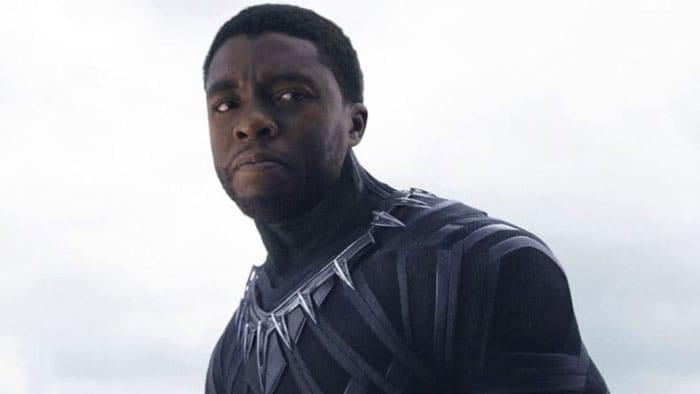
Wonderfully performed and brimming with geographic authenticity, Karl Kozak’s first feature “Out of the Black” thrives when its story stays intimate, but all too frequently falls victim to over-plotting and implausibility.
“Out of the Black” owes an clear debt to Martin Ritt’s “Hud,” transferring a similar story of fraternal discontent and generational conflict from Texas cattle country to a dying mining town in Western Pennsylvania.
Nearly a decade after the closing of the town’s mine, Cole Malby (“General Hospital” regular Tyler Christopher, in what could be described as the “Paul Newman” role) is considered a bad seed by the residents of his hometown in Cambria County, PA. As we know from the pre-credit sequence, 13 years earlier Cole witnessed his father’s death in a mine cave-in and, to make matters worse, shot his mother with a riffle. This is a pair of misdeeds the townspeople can’t forgive. And Cole can’t really forgive himself either, regularly standing up his girlfriend, purposely losing bar fights, and picking on his younger brother Patrick (Jason Widener, who played the young Jed Bartlett on “The West Wing”). The Malby brothers run a small slaughterhouse (again, shades of “Hud”) and care for their paralyzed mother (Sally Kirkland in her best part since “Anna”). Everything changes with the death of the town’s wealthiest man (who holds the deed on the Malby farm) and the arrival in town of Cait (Jacqueline Aries) a city girl who may be the dead man’s heir.
Like “Hud,” “Out of the Black” is at its best when it strives to be a portrait of the decay of blue collar small town America. The characters in “Out of the Black” are logical extensions of what happens to a community when it loses its livelihood and when people’s lives no longer have direction. But while the characters all feel natural, the film’s plotting is full of screenwriting contrivances. Kozak and co-writer Joel Eisenberg don’t seem to have enough faith in their material and they keep adding twists and predictable plot points. There’s a love triangle, which fails to properly develop between Cait, Cole, and Patrick. There’s Cole’s quest to uncover the truth about his father’s death, which hinges on a piece of evidence that somehow was left lying around the scene of the crime for 13 years. And then there’s the mystery of Cait’s paternity, which also fails to resolve in a satisfactory way. The film’s thriller and romance aspects seem so arbitrary that they distract from the more effective character studies.
Christopher’s performance contains enough bad-boy charm to carry the picture and Widener has a pleasant innocence, but neither actor has any real chemistry with Aries. Kirkland is excellent, relying on expressive eyes to make up for her character’s inability to speak. Film buffs will be amused by Michael J. Pollard and Sally Struthers as quirky funeral home owners and recognizable character actors Jack Conley and John Capodice do well with the extra time afforded to them as the town sheriff and a concerned citizen. Dee Wallace Stone (“E.T.”) gives the film’s weakest performance as a totally stereotypical money-grubbing widow. While Pollard and Struthers offer genuine comic relief, Wallace’s performance is arch and out of place.
“Out of the Black” was shot on location outside of Pittsburgh and the small town setting is given character by cinematographer Maximo Munzi. If Kozak and Eisenberg had trusted in the location and their actors and had worried less about trying to make the film fit into a recognizable genre, they could have made a small gem of a film instead of a little film that offers as many frustrations as rewards.
